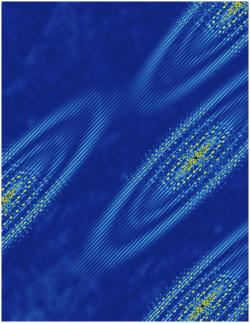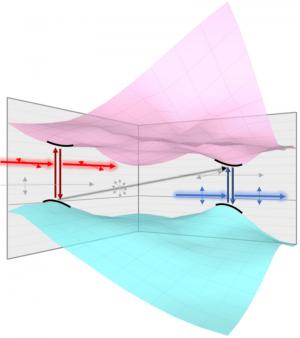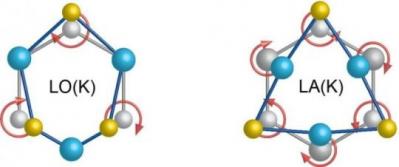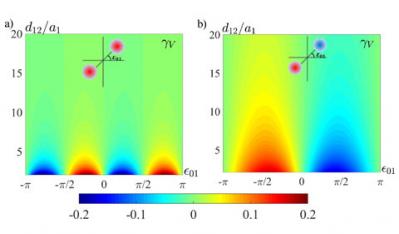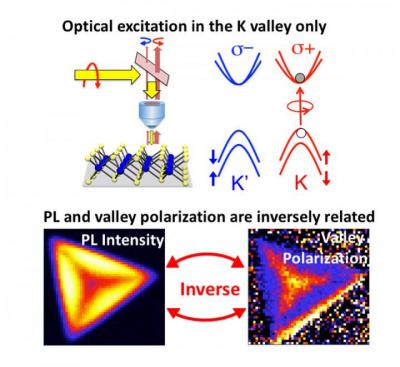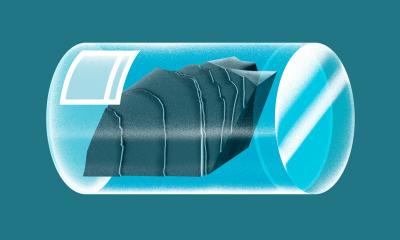EPFL researchers developed a new to manipulate excitons valleys
Researchers from EPFL's Laboratory of Nanoscale Electronics and Structures (LANES) developed a new way to control the valley properties of excitons and change the polarization of the light they generate.
Excitons, or electron and electron hole pairs, are created when an electron absorbs light and moves into a higher energy band. To research the excitons, the researchers used a material made from tungsten diselenide (WSe2) and molybdenum diselenide (MoSe2), and a circular polarized laser that was focused on the film.
